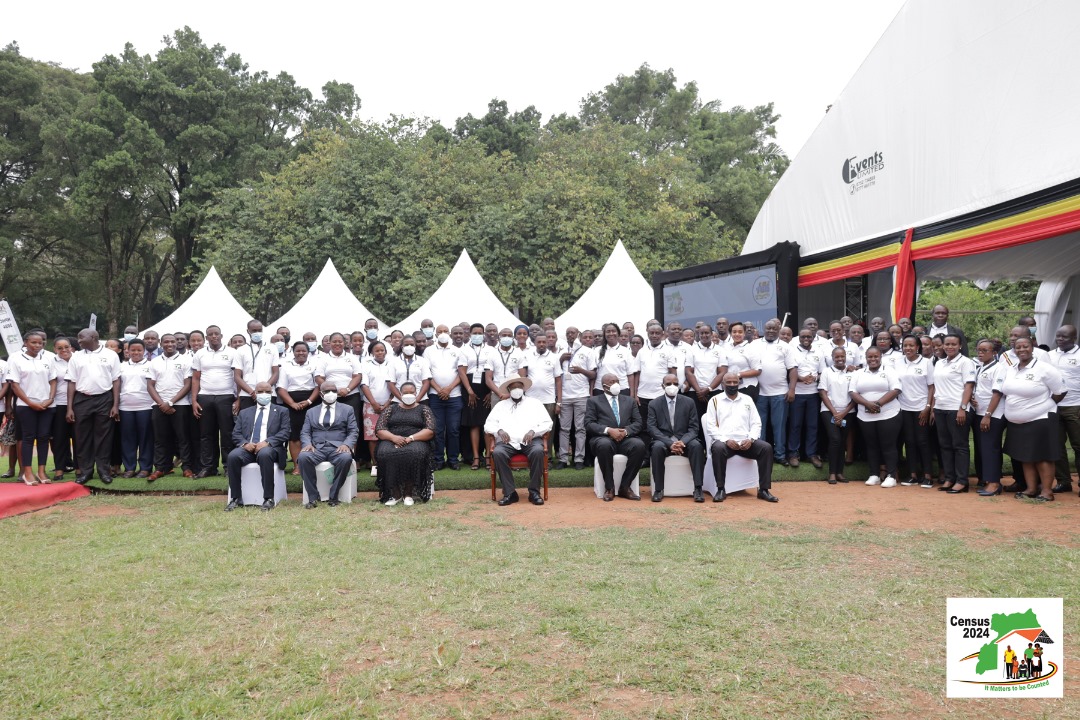
Preliminary results from the 2024 National Population and Household Census have unveiled notable demographic changes in Uganda, particularly in Northern Uganda's West Nile region. These early figures were presented to President Museveni at a formal event held at the Kampala Serena Hotel, underscoring the substantial population growth and the strategies driving this increase.
Among the standout findings is the population surge in previously underpopulated districts. Wakiso District in Central Buganda maintains its position as the most populous district, boasting 3.3 million residents. Kampala follows with 1.8 million people. Remarkably, Yumbe has emerged as the third most populous district with 972,351 inhabitants, surpassing traditionally larger districts such as Mukono (932,672) and Kasese (847,027). Yumbe's population more than doubled from 484,822 in 2014 to its current figure, marking a 101 percent increase.
Obongi District has also experienced dramatic growth, with its population skyrocketing by 223 percent. The district's population jumped from 43,061 in 2014 to 143,492 in 2024, an increase of 100,431 individuals. Other hard-to-reach districts showing significant population increases include Terego (322,893), Amudat (203,412), and Otuke (163,100).
Dr. Chris Mukiza, Executive Director of the Uganda Bureau of Statistics (UBOS), attributed these spikes to the influx of refugees, particularly in the West Nile region. Of the 45.9 million people counted, 780,000 were refugees who spent the night of May 9 in Uganda.
Dr. Vincent Senono, head of demographic and social statistics at UBOS, noted in a separate interview that districts hosting refugees have recorded significant population increases. Interestingly, some individuals who previously identified as refugees have now declared themselves as Ugandan, further contributing to these numbers.
The census also highlighted changes in Uganda's daytime population, with Kampala City recording the highest number at 627,340 people. Mbarara City followed with 91,165, while Hoima had the smallest daytime population among cities and towns. The daytime population is defined by UBOS as the number of people present in an area during regular business hours, captured through data on household members who visited cities within the 14 days leading up to the census week.
The majority of those moving to cities during the day reported work (380,167 individuals) as their primary reason, followed by business (156,111) and shopping (130,473). This movement has contributed to population increases in districts like Wakiso and Mukono, where many residents commute to Kampala for work.
The counting process for the census began on May 10 and concluded on May 26. The preliminary results indicate Uganda's population has grown to 45.9 million from 34.6 million in 2014, an increase of 11.3 million over the past decade. The final report is scheduled for release on December 24.
These findings highlight the dynamic demographic shifts in Uganda, driven by both internal growth and external factors such as refugee influxes. The data underscores the importance of strategic planning and resource allocation to manage and support the country's growing population effectively.

















